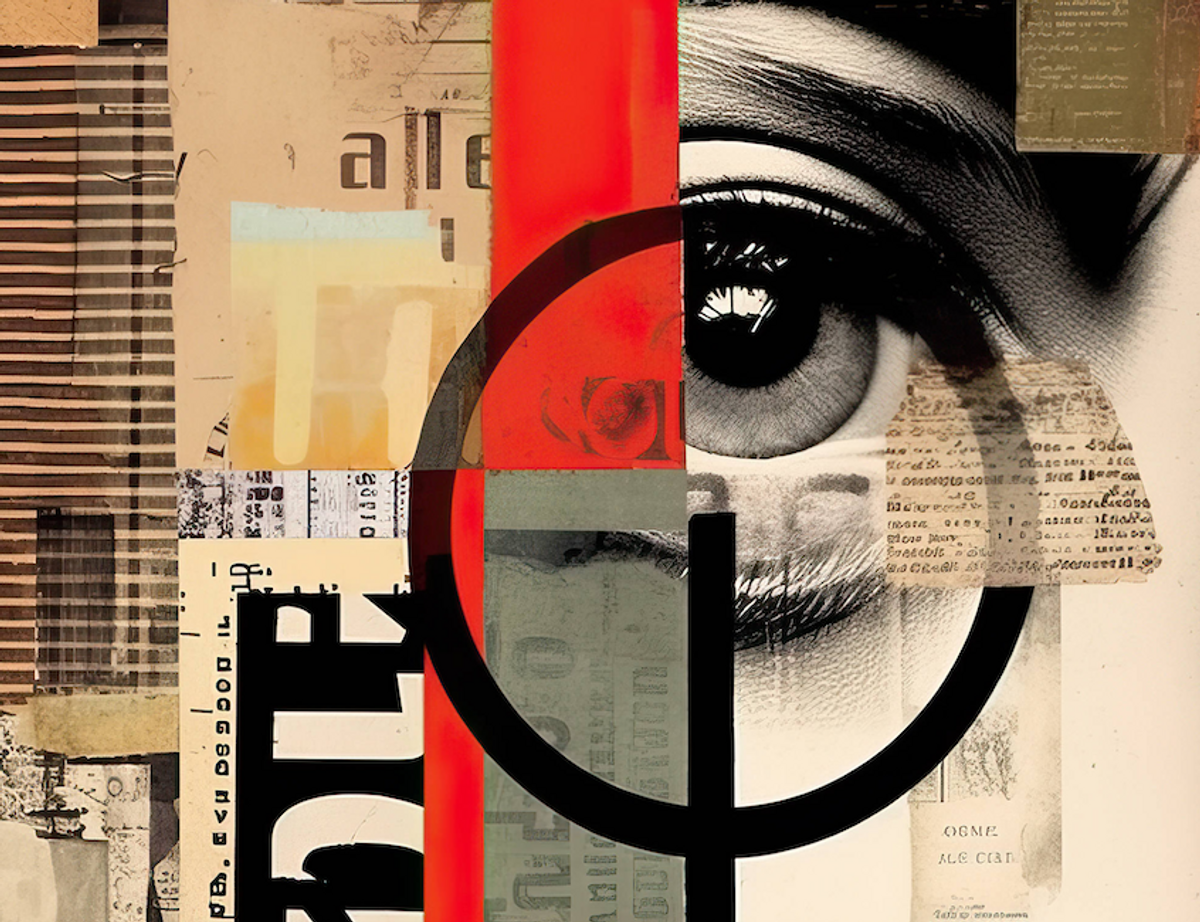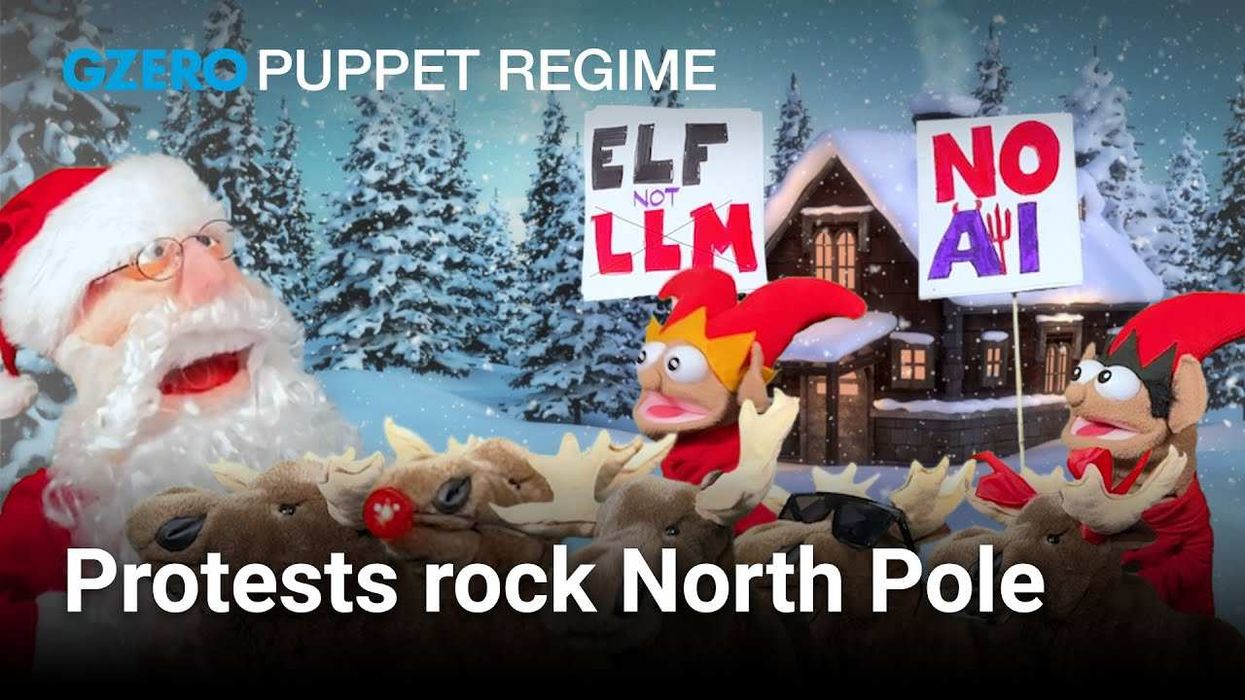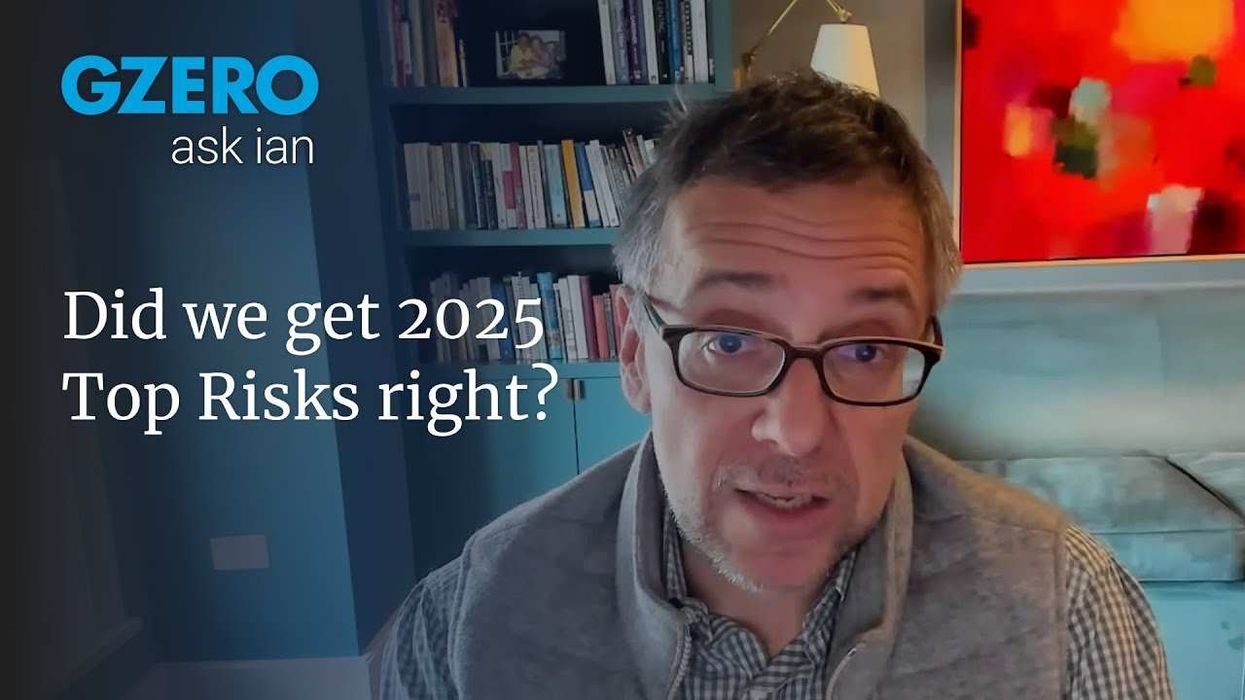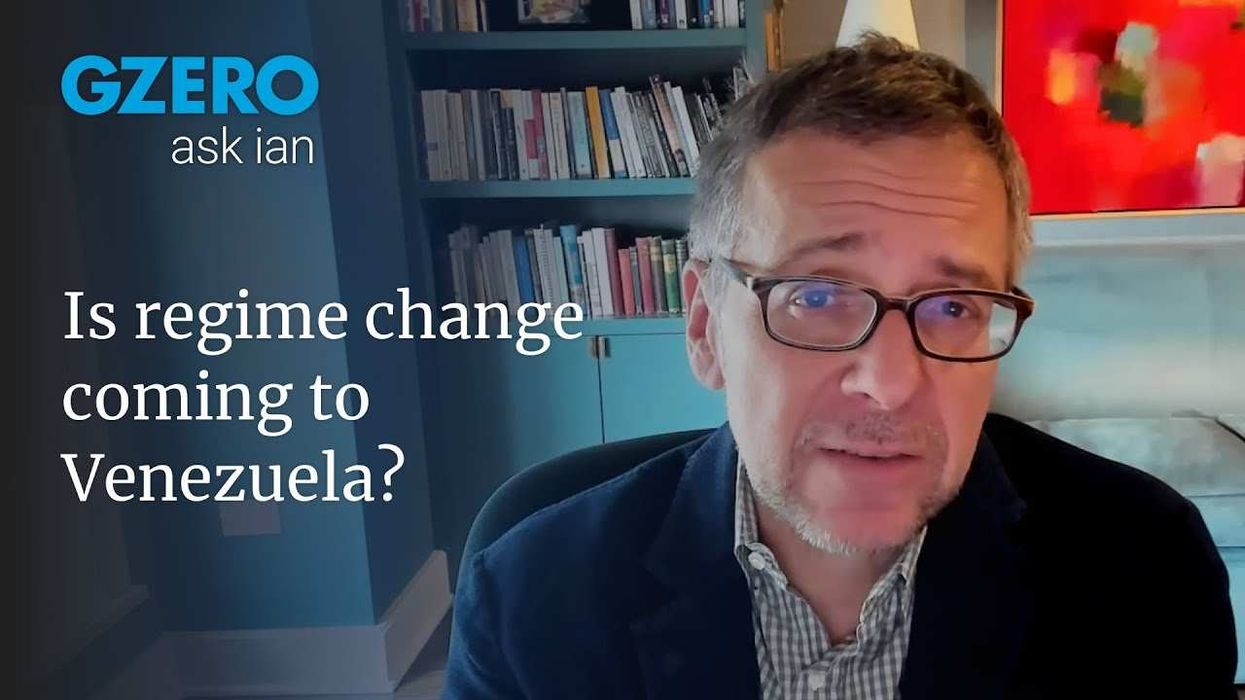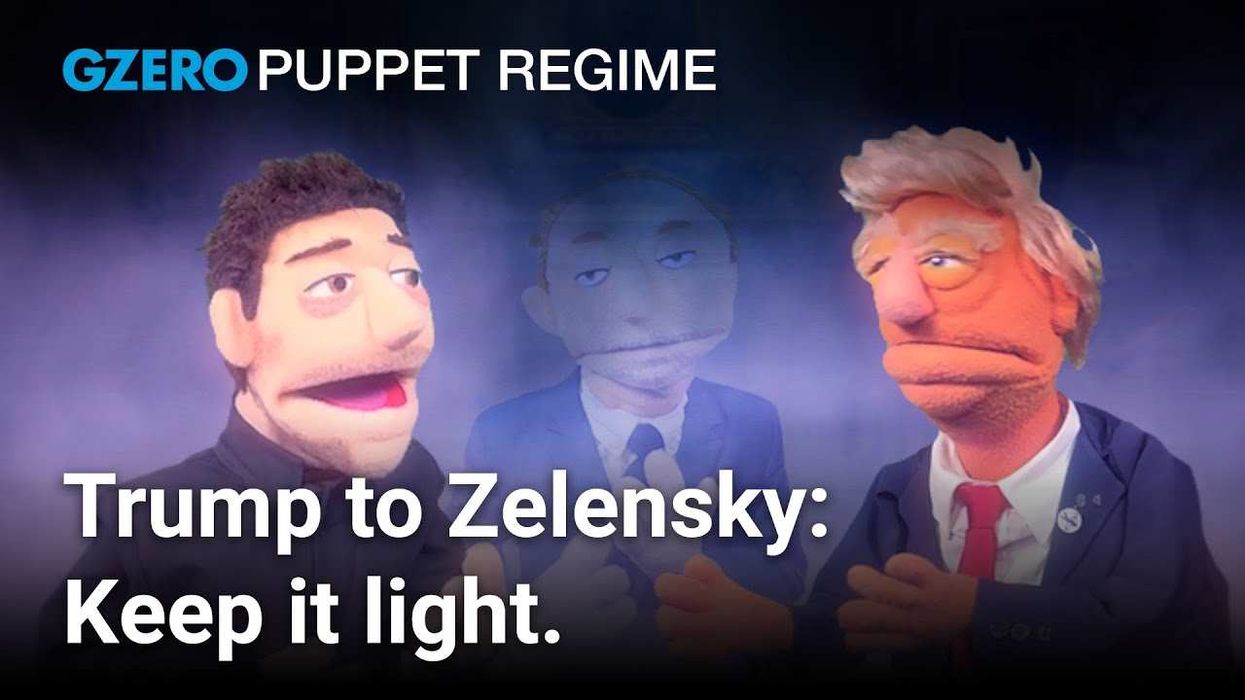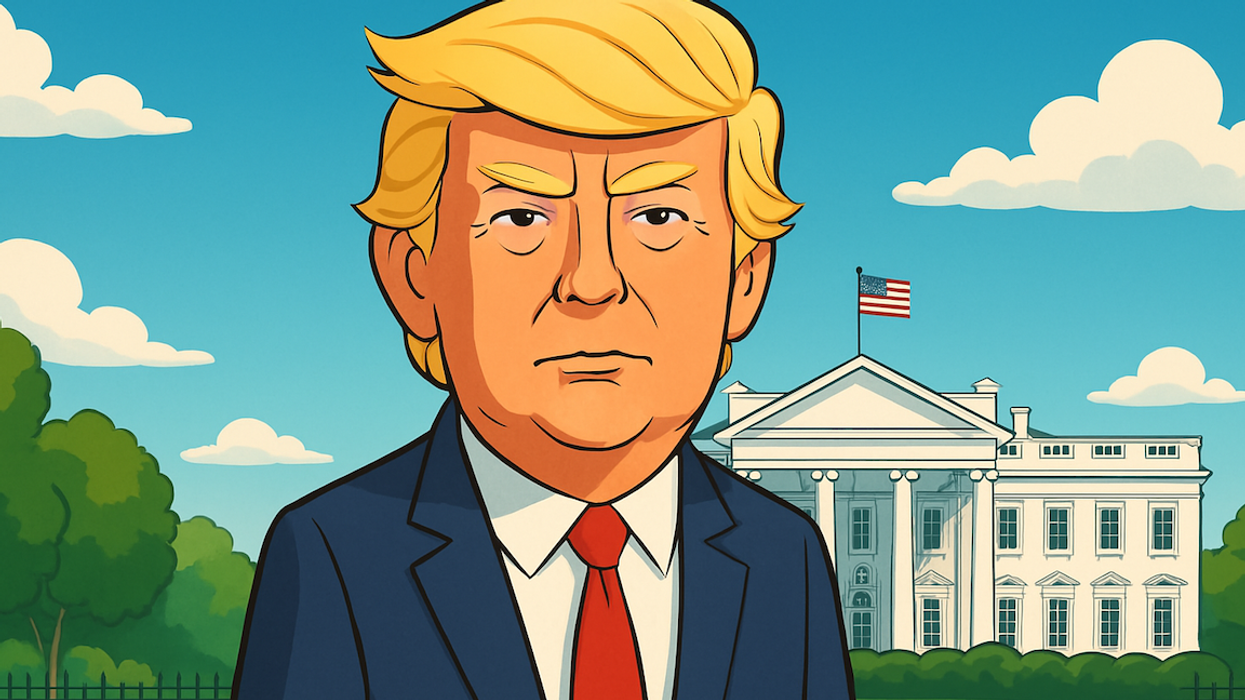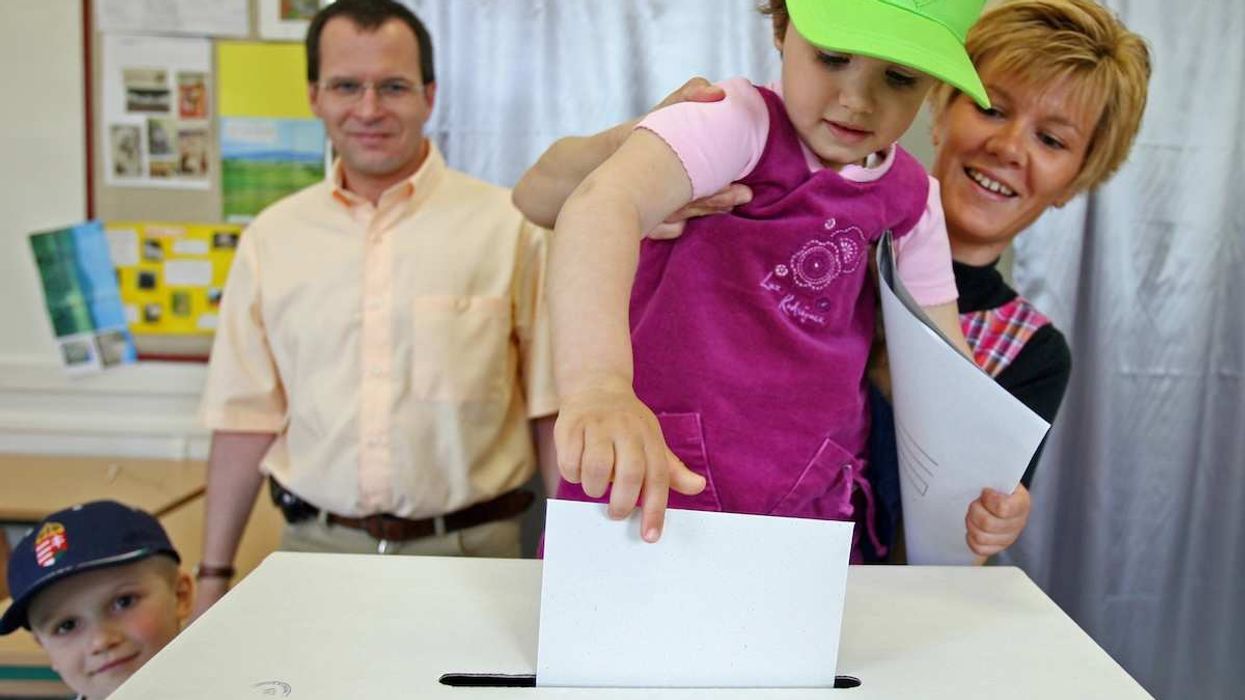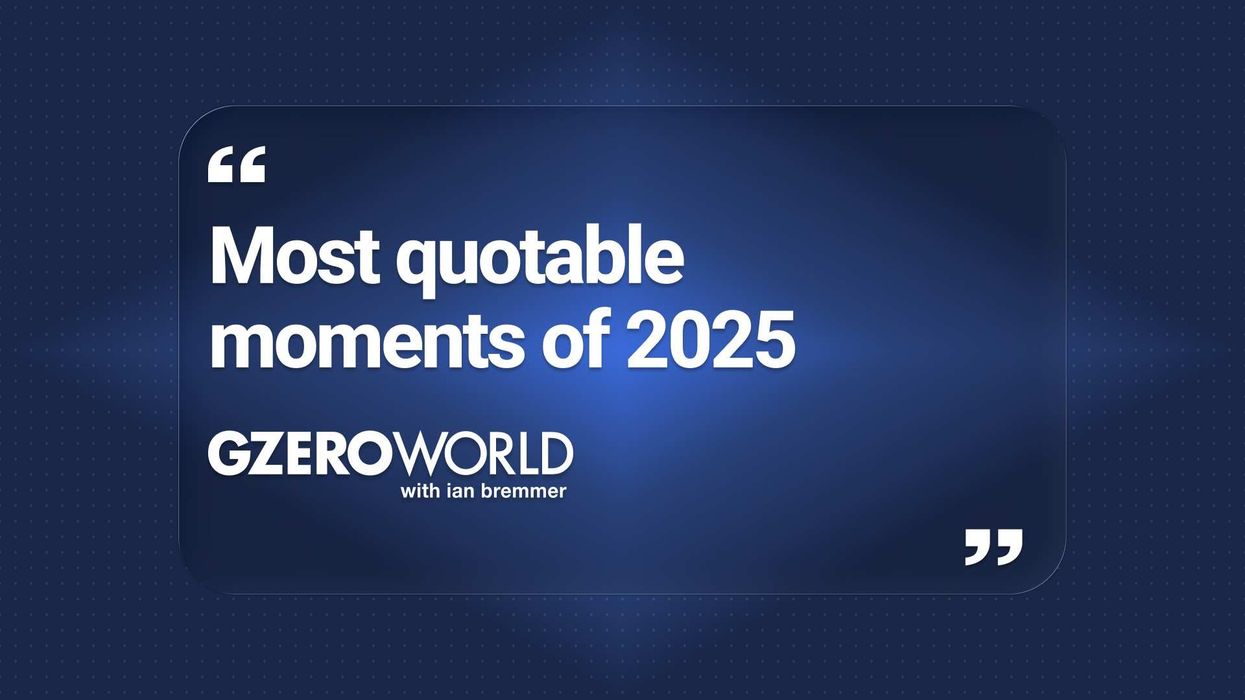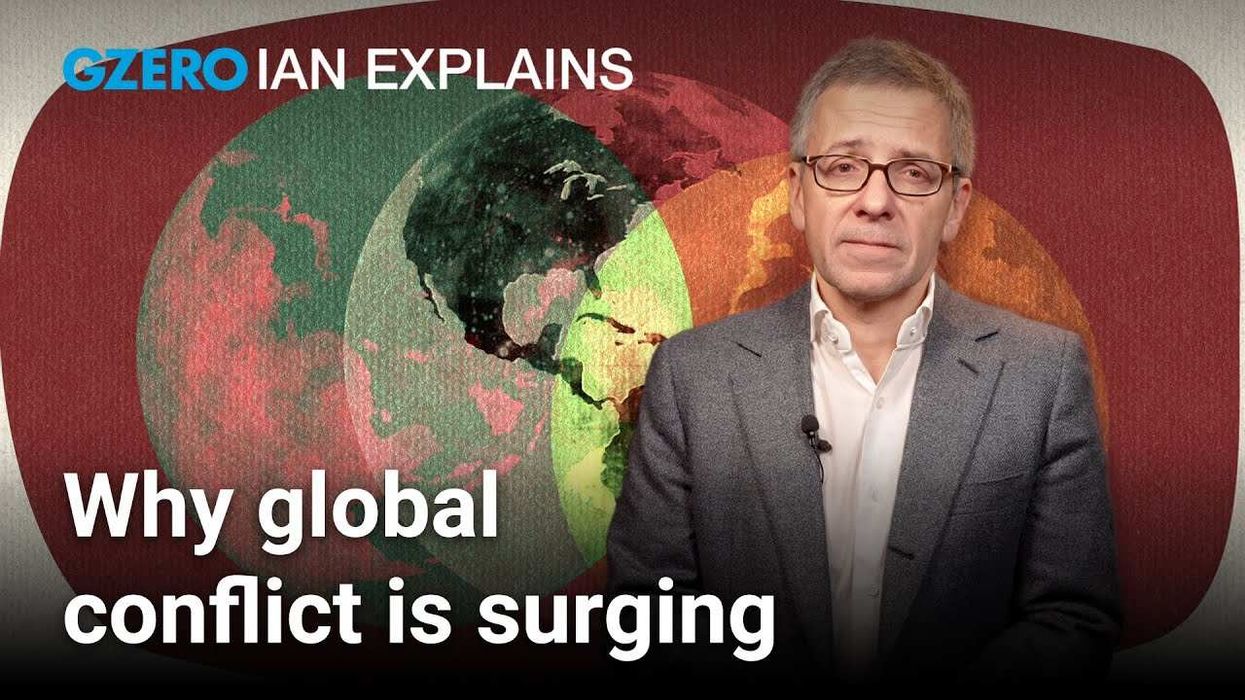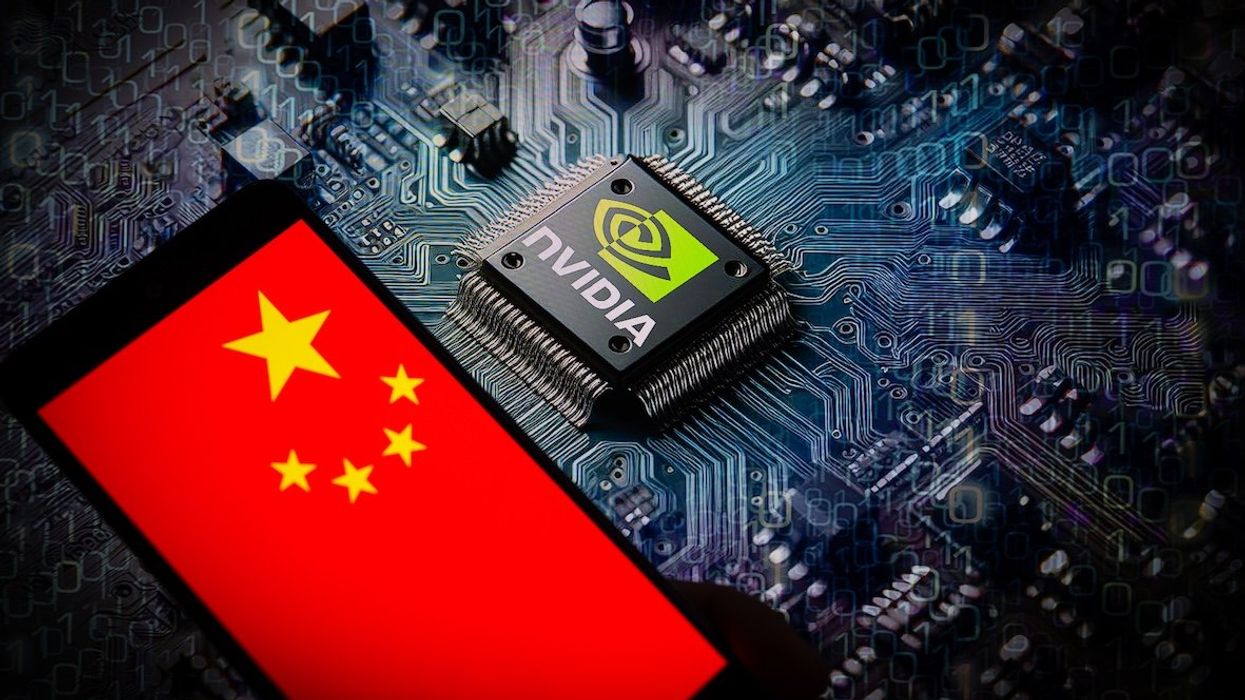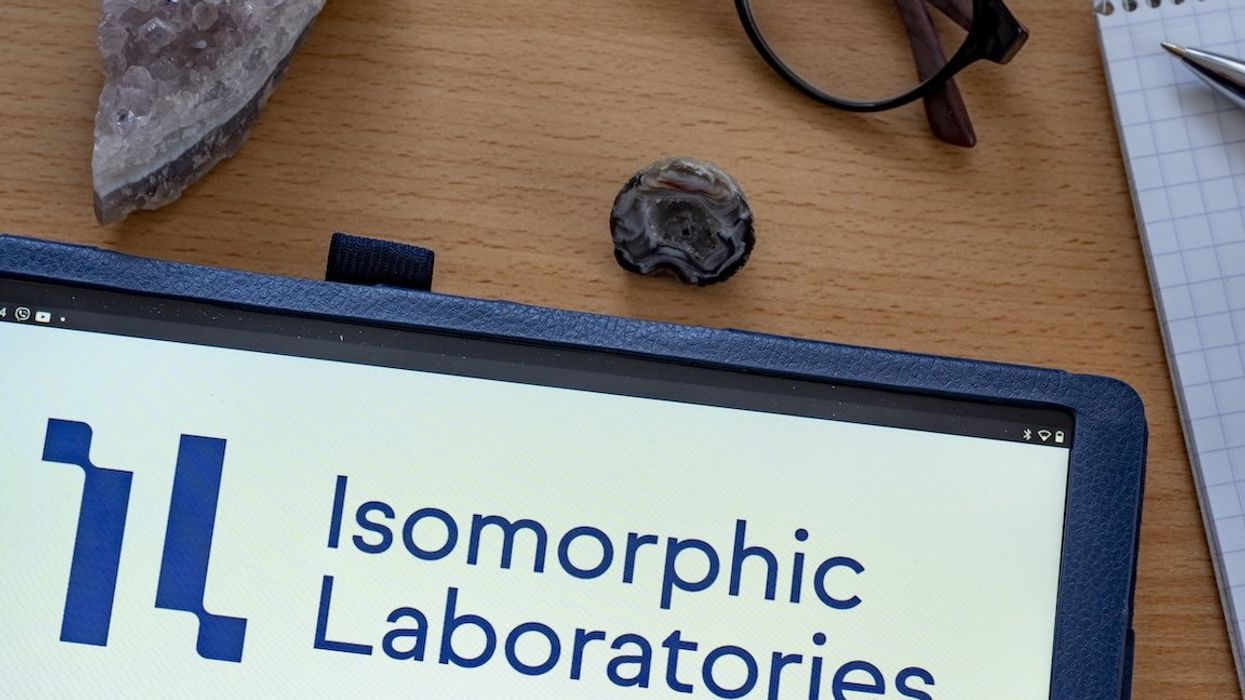The irony of the AI boom is that it offers really good generative AI creation tools but terrible AI detection tools.
Last week, Meta and Google each announced renewed efforts to invest in AI detection. Meta called for a cross-industry effort to label AI-generated content while pledging to start labeling user-posted content featuring generative AI. Then, Google said it’s working on creating a sort of “nutrition label” for generative AI. Meanwhile, OpenAI announced it’s going to add watermarks to its text-to-image model DALL-E. All three companies are involved with the Coalition for Content Provenance and Authenticity, an Adobe-led working group that’s developing common labeling standards.
These efforts are primarily focused on photos, video, or audio, rather than text. ChatGPT maker OpenAI has been open about the possibly insurmountable problem of identifying AI-generated text — even its own tools have proved faulty. (Sorry, teachers.)
While the US government is slow to pass new laws on AI, American lawmakers urged tech companies such as Meta and Google to prevent the spread of misleading AI content on their platforms while the Biden administration tasked the Commerce Department to develop its own standards for watermarking AI photos and videos.